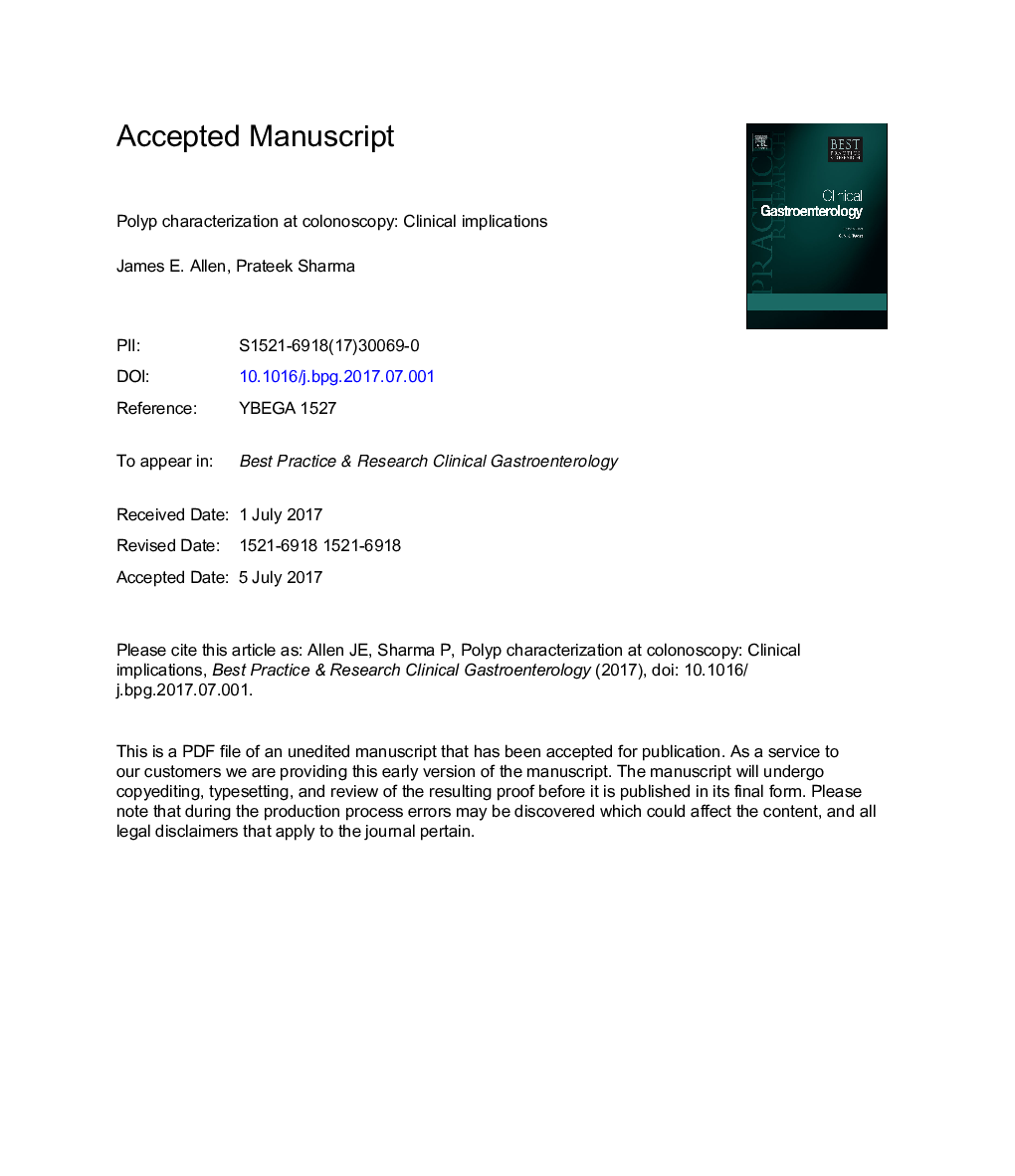| Article ID | Journal | Published Year | Pages | File Type |
|---|---|---|---|---|
| 5654480 | Best Practice & Research Clinical Gastroenterology | 2017 | 15 Pages |
Abstract
Although advancements in endoscopic imaging of colorectal mucosa have outstripped the pace of research in the field, the potential clinical applications of these novel technologies are promising. Chief among these is the ability to diagnose colorectal polyps in vivo. This feature appears most applicable to diminuitive polyps, which have very little malignant potential yet represent over 70% of resected polyps. In an ideal application, the capability to predict diminutive hyperplastic polyp histology in vivo precludes the need for excision whereas dimunitive adenomas do require excision, but not necessarily histopathologic analysis if the diagnosis is made in vivo with adequate confidence. However, the vast array of new advanced imaging modalities and polyp classification tools have been difficult to reconcile. We aim to highlight the current status of real-time colorectal polyp diagnosis and identify the barriers that remain to its widespread implementation.
Related Topics
Health Sciences
Medicine and Dentistry
Endocrinology, Diabetes and Metabolism
Authors
James E. Allen, Prateek Sharma,
